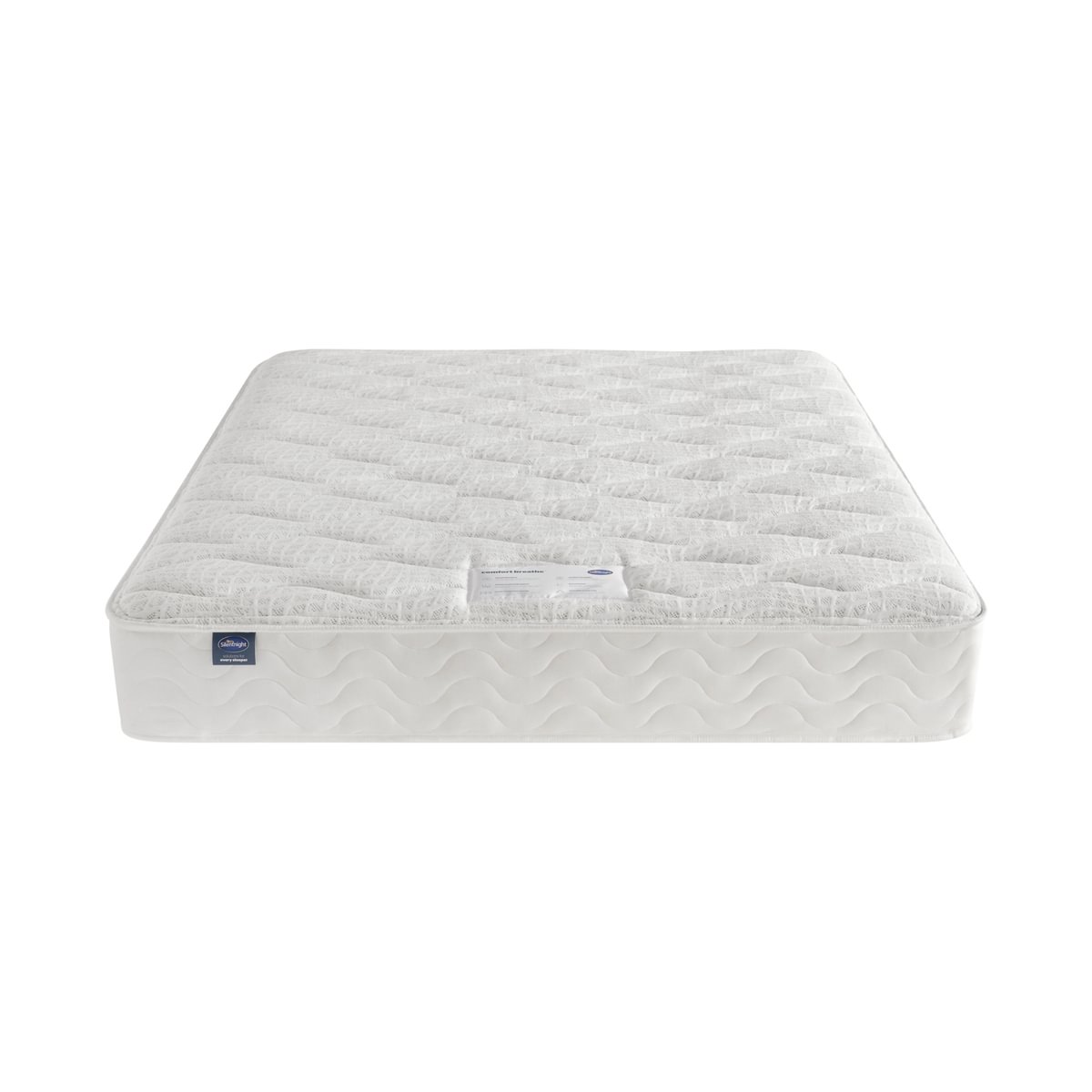World Wildlife Day and the biggest threat facing one species

The theme for World Wildlife Day 2025 is wildlife conservation finance.
Forests house 60,000 tree species, 80 per cent of amphibian species, and 75 per cent of bird species.
International Polar Bear Day falls on February 27th each year, and it’s designed to protect polar mums and their cubs while denning.
Silentnight re-uses ocean-bound plastics in our eco comfort fibres products, reducing pollution build-up.
The threat that wildlife species face and how vital ecosystems are being destroyed is only scratching the surface of what the future holds for plants and animals, and their habitats. This could be drastic to humankind, potentially leading to increased risk of disease, reduced resources and disruption to food chains. That’s why we’re here to discuss World Wildlife Day, the most renowned cause that raises awareness of the world’s wildlife, shedding light on what’s happening around the world and what we can do to prevent it. We’ve even delved into one particular species that’s experiencing threat.
when & what is World Wildlife Day?
UN World Wildlife Day - the most important global annual event - celebrates and raises awareness of the world’s wildlife on March 3rd each year. The theme for World Wildlife Day 2025 is focusing on wildlife conservation finance, identifying ways we can work together to pay for wildlife conservation in a more sustainable and effective way, so we can build a stronger foundation for future generations.
The World Wildlife Day website comments “Wild animals and plants, from the highland steppes to the coral reefs, are intrinsic to the intricate web of life on Earth. They sustain ecosystems, regulate natural processes, and support biodiversity, providing essential services that underpin human livelihoods and contribute to the achievement of our Sustainable Development Goals (SDGs). Forests alone house 60,000 tree species, 80 per cent of amphibian species, and 75 per cent of bird species, while supporting over 1.6 billion people with natural capital in the form of food, medicine, and income.”
So, you may be thinking how you can you support World Wildlife Day 2025? One thing is getting to know the species that face an urgent threat around the area you live, and how you and the community could help conserve them. And of course, you can help spread the word on social media by using the hashtag #WWD2025.
the importance of World Wildlife Day
We all have a moral obligation to do all we can to protect the earth, and humanity is dependent upon the essential products and services that nature provides, such as food, freshwater, pollution control and carbon storage. Wildlife is in serious and immediate danger, with a quarter of species facing a threat of extinction, which is largely due to the destruction of almost half of ecosystems, and so it’s vital that we take action to help reverse this trend.
The rapid melting of the polar ice caps, caused by climate change, is just one example of how an ecosystem is being destroyed. Polar bears help to balance biological populations and are critical to a functioning ecosystem, and without a solid ice platform to hunt, their future hangs in the balance.
who started World Wildlife Day
The United Nations General Assembly proclaimed World Wildlife Day on March 3, 2013. The day was founded to raise awareness and celebrate the world’s wildlife.
what is International Polar Bear Day?
International Polar Bear Day falls on February 27th each year and its main purpose is to help protect denning polar bear families across the Arctic, which coincides when female polar bears and their cubs are snug in their dens. The main focus for International Polar Bear Day 2025 is to raise funds for protecting mums and their cubs, giving them the best chances of survival while aiding other conservation efforts throughout the Arctic.
The cause mentions “on average, only about half of all cubs reach adulthood, with even lower survival rates in the most vulnerable populations.” Making this cause detrimental to their numbers.
why are polar bears so important?
Polar bears have a strong cultural significance for Arctic people and even you. They’re top predators in their food chain and play a crucially important role in the balance of their ecosystem. The Arctic provides fish for millions of people, including here in the UK, so by helping to protect polar bears, it means we’re helping to ensure the food chain remains healthy for the benefit of both wildlife and people.
the challenges that polar bears face
Global warming is the biggest threat that polar bears face, and making sure they’re protected, while addressing climate change, is critical work. According to WWF, the Arctic is warming twice as fast as anywhere on earth, which is causing the ice that polar bears depend on to melt away. This loss of sea ice is also threatening their main prey, seals, as they need the ice to raise their young.
In parts of the Arctic, longer periods of ice-free seasons and fasting have led to a decline in some polar bear populations and without action to significantly reduce carbon emissions, all but a few polar bear populations could be lost by the end of the century. A loss of sea ice also means that polar bears are forced to stay longer on land, bringing them into contact with people and leading to people being injured or killed.
It’s not just global warming that’s threatening polar bears, commercial activity such as oil and gas exploration increases the risk of spills and the disturbance of denning female polar bears and their cubs. Pollution is another major challenge facing polar bears too, with some parts of the Arctic containing a high amount of toxic chemicals.
These pollutants are carried by the wind and ocean currents where they concentrate and make their way up the food chain, meaning when polar bears eat fish and seals, they absorb these high levels of toxins, which leads to long-term health problems. So, given the huge threats this species is facing, it will take a huge managed effort combined with aggressive action on climate change to ensure polar bears have a future.
our mission to have a positive impact on the environment
At Silentnight, we’re committed to making our impact on the environment a positive one. From zero waste going to landfill, to the re-use of ocean-bound plastics in our eco comfort fibres and our pledge to net-zero carbon emissions by 2040, we’re helping our customers contribute to positive environmental change.



























